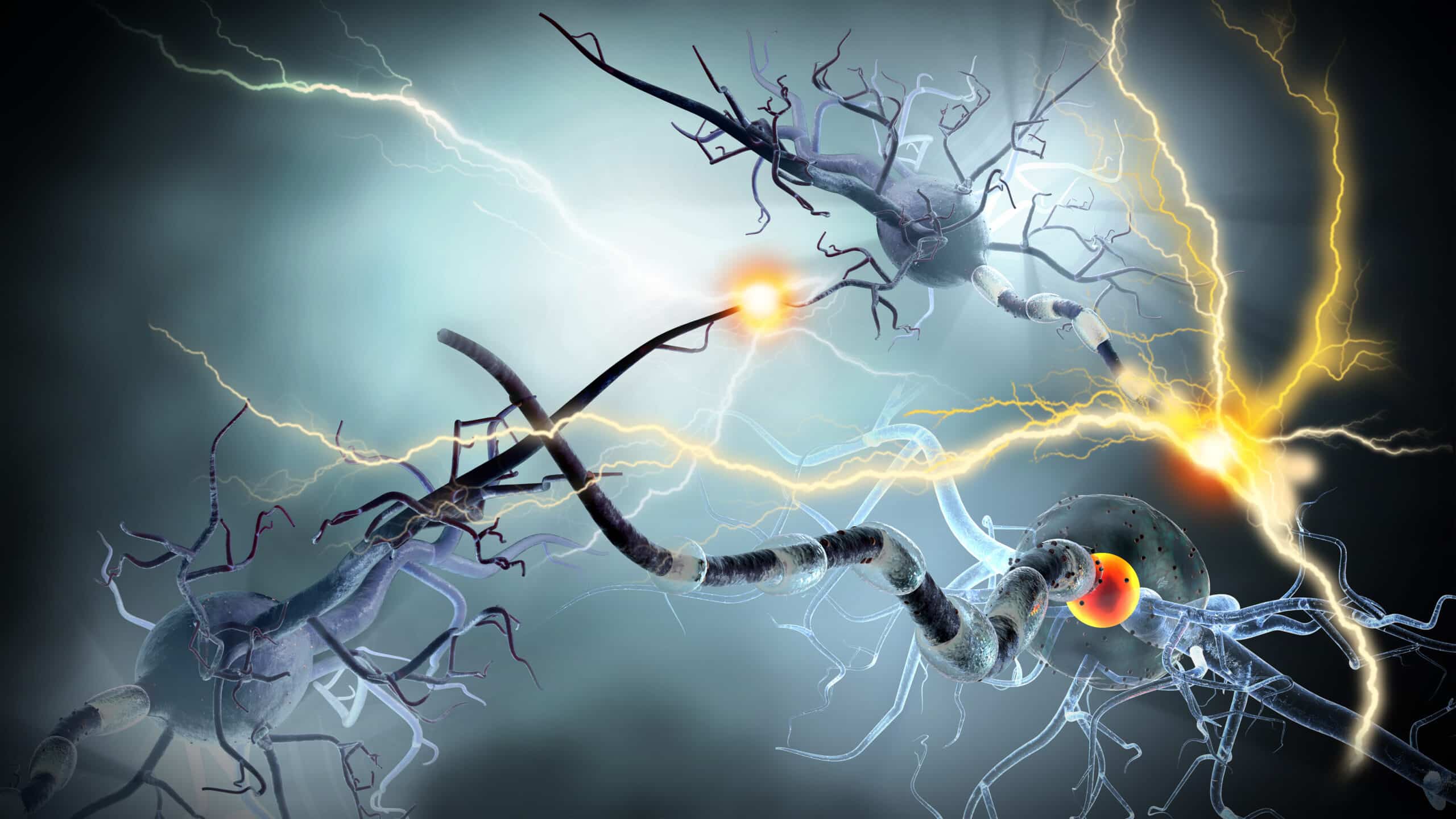Based on their findings researchers from Iowa State University suspect SOD1 fights to counteract the damaging effects of tau proteins, but eventually succumbs to lose the battle, as published in the journal Antioxidants & Redox Signaling.
“In individuals with Alzheimer’s or mild cognitive impairment, SOD1 was related to more gray matter, which is significant for memory,” said Kelsey McLimans, “However, our results show 90 percent of this positive association is negated by tau. This bolsters our hypothesis that SOD1 itself isn’t detrimental; it’s just trying to limit the oxidative damage caused by tau.”
“This study could further the exploration of how nutrition might reduce and prevent neurodegeneration and aging in the brain,” says Bridget Clark.
In this study data from 287 participants between the ages of 65-90 who were in the Alzheimer’s Disease Neuroimaging Initiative was analyzed; of which 66 had Alzheimer’s disease, 86 had no cognitive impairment, and 135 had mild impairment. After analysis higher levels of CSF SOD1 was found to correlate with better global cognition scores, less gray matter, and glucose metabolism in AD sensitive regions; higher CSF SOD1 was initially related to more regional GM in those who had AD at baseline or developed AD over 2 years, which became non-significant with full mediation via higher CSF total tau wherein higher CSF SOD1 predicted more total tau and in turn less GM.
Based on their observations the researchers hypothesized SOD1 antioxidants reflecting tau but not amyloid accumulation which can lead to prooxidant based neurodegeneration and cognitive dysfunction. Further investigation is required to determine if increasing production of superoxide dismutase will delay the progression of Alzheimer’s disease.
Most of what is known about superoxide dismutase and the brain is based on post mortem brain analysis of Alzheimer’s disease patients, until now how SOD1 relates to cognition and biomarkers in the brain and cerebrospinal fluids for those living with the brain wasting disease was unknown. According to the researchers their findings are further evidence of the role tau plays in the development of AD.
“The disease might begin or progress partly because antioxidants in our brain stop working effectively when tau levels increase. It’s similar to a burning building. You can pump as much water as possible onto the fire, but once it’s spreading out of control, no amount of water is going to stop it.” says Auriel Willette.




